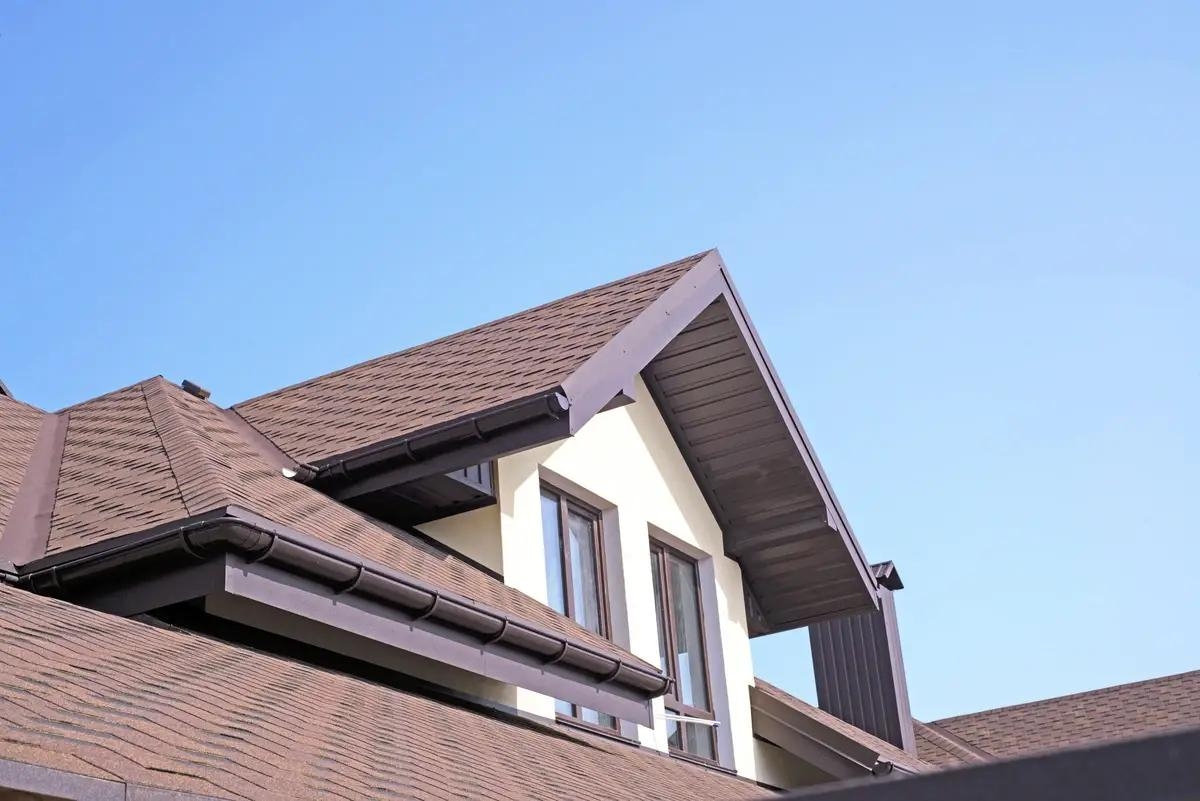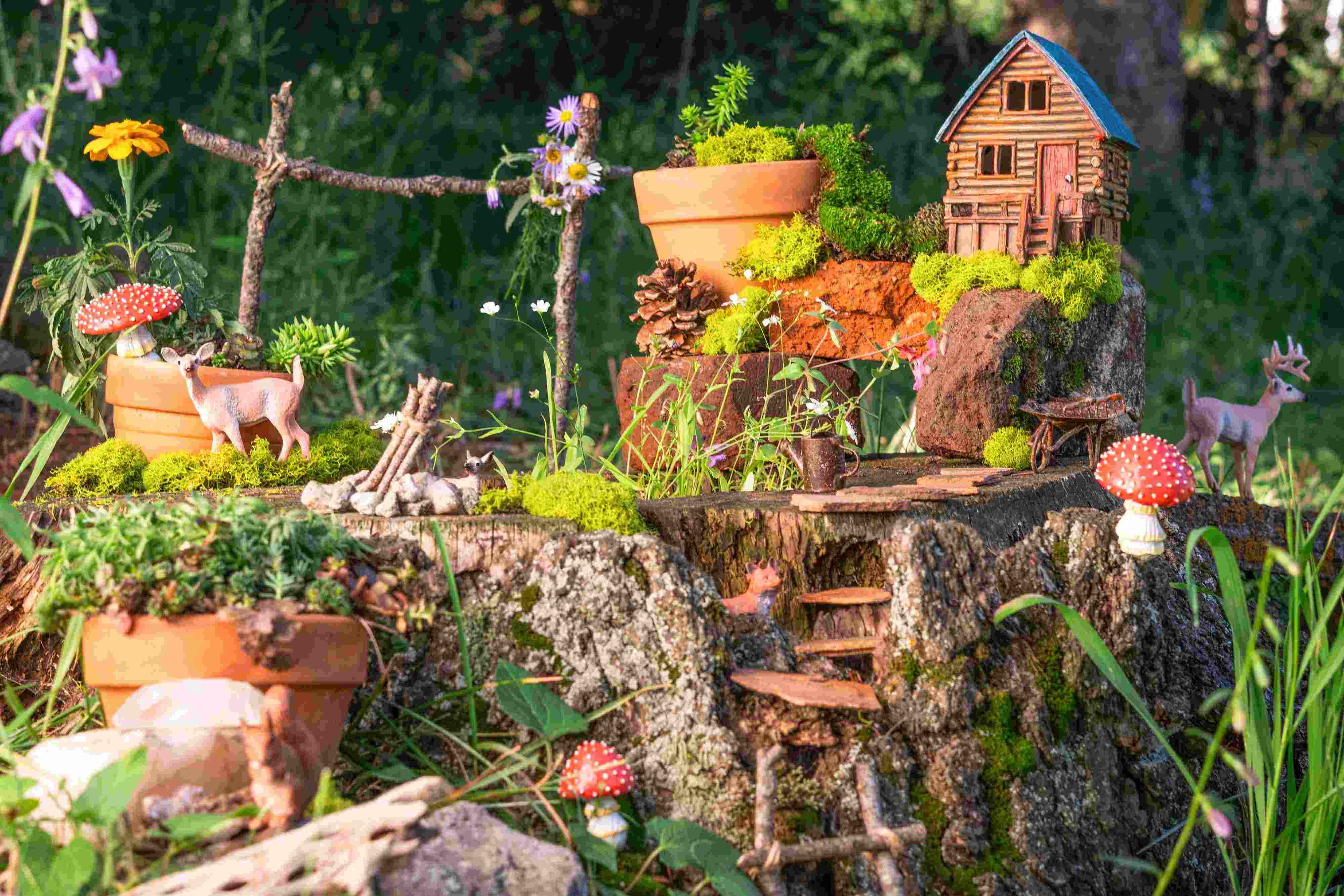Home>Ideas and Tips>Drought-Resistant Landscaping Ideas For Southwestern Homes


Ideas and Tips
Drought-Resistant Landscaping Ideas For Southwestern Homes
Published: October 27, 2024
Transform your Southwestern home with drought-resistant landscaping ideas. Save water and create a stunning, low-maintenance outdoor oasis.
(Many of the links in this article redirect to a specific reviewed product. Your purchase of these products through affiliate links helps to generate commission for Storables.com, at no extra cost. Learn more)
Living in the Southwest comes with its unique set of challenges, particularly when it comes to landscaping. The arid climate and high temperatures make traditional landscaping a daunting task, as it often requires extensive watering and maintenance. However, there are numerous drought-resistant landscaping ideas that can transform your outdoor space into a beautiful and sustainable oasis. In this article, we will explore the top strategies and design elements for creating a stunning, water-efficient landscape in the Southwest.
1. Decrease the Size of Your Lawn
One of the most effective ways to reduce water consumption is to decrease the size of your lawn. Lawns are notorious for their high water requirements, especially in dry climates. By reducing the lawn area, you can allocate more space for drought-tolerant plants and hardscaping features that require minimal maintenance and water.
Why Reduce Lawn Size?
- Water Conservation: Lawns are among the largest water consumers in any landscape. By reducing their size, you significantly lower your water bill.
- Maintenance Reduction: Smaller lawns mean less mowing, fertilizing, and overall maintenance.
- Aesthetic Flexibility: With less lawn space, you have more room for creative landscaping designs that incorporate drought-tolerant plants and decorative elements.
How to Reduce Lawn Size?
- Designate Areas: Identify areas where you can reduce or eliminate the lawn. This might include creating a patio or garden bed.
- Use Drought-Tolerant Grasses: If you still want to keep some grass, consider using drought-tolerant varieties like buffalo grass or blue grama.
- Mulch or Gravel: Use mulch or gravel to cover areas where you would otherwise have grass. These materials help retain moisture in the soil and reduce weed growth.
2. Increase Landscape Rock Groundcover
Landscape rock is an excellent groundcover option for Southwest landscapes because it requires no water and minimal maintenance. It also helps in preventing soil erosion and can be used to create visually appealing pathways and garden beds.
Benefits of Landscape Rock
- Water Efficiency: Landscape rock does not need watering, making it an ideal choice for drought-prone areas.
- Low Maintenance: It does not require mowing, fertilizing, or pruning.
- Aesthetic Appeal: Various types of rocks can add texture and color to your landscape, creating a visually appealing design.
How to Use Landscape Rock?
- Pathways and Walkways: Use landscape rock to create pathways and walkways that lead to different areas of your garden.
- Garden Beds: Incorporate landscape rock into garden beds to add depth and texture while keeping the soil moist.
- Drainage Control: Use rocks to control drainage by creating a layer that allows water to seep into the ground rather than running off.
3. Install a Rock Water Feature
While traditional water features like fountains and ponds are high-maintenance and water-intensive, rock water features offer a more sustainable alternative. These features use gravity to create a flowing effect without the need for constant water supply.
Benefits of Rock Water Features
- Low Maintenance: Rock water features require minimal upkeep as they do not need constant water flow.
- Aesthetic Appeal: They can add a soothing sound and visual interest to your landscape.
- Water Efficiency: By using gravity instead of pumps, these features conserve water significantly.
How to Install a Rock Water Feature?
- Design Considerations: Plan your rock water feature carefully, considering the slope of your land and the flow of water.
- Materials Needed: You will need rocks of varying sizes, possibly some gravel or sand for drainage, and possibly a small pump for initial setup.
- Installation Steps:
- Lay down a layer of gravel or sand at the bottom for drainage.
- Arrange larger rocks to create the main structure of your feature.
- Add smaller rocks and pebbles to create a flowing effect.
- If necessary, use a small pump to fill the system initially.
Read more: How To Design A Drought-Tolerant Landscape
4. Incorporate Drought-Tolerant Plants
Drought-tolerant plants are the backbone of any sustainable Southwest landscape. These plants have adapted over time to thrive in arid conditions with minimal watering.
Types of Drought-Tolerant Plants
-
Succulents:
- Succulents like agave, aloe vera, and echeveria are popular choices due to their striking appearance and ability to store water in their leaves.
- They come in various shapes, sizes, and colors making them versatile for different design elements.
-
Cacti:
- Cacti are iconic desert plants known for their spines which help retain moisture.
- They come in many species ranging from small globes to towering columnar forms.
-
Desert Grasses:
- Grasses like buffalo grass or blue grama are native to the Southwest and require less water than traditional grasses.
- They provide a lush green look while being more water-efficient.
-
Ground Covers:
- Ground covers like creeping juniper or sedum spread quickly and require minimal care.
- They help prevent soil erosion and add color to your landscape.
How to Incorporate Drought-Tolerant Plants?
- Choose the Right Plants: Select plants that match your climate zone and soil type.
- Plant Strategically: Plant close together to maximize shade and prevent soil moisture evaporation.
- Water Wisely: Water newly planted succulents and cacti sparingly until they establish themselves; thereafter reduce watering frequency.
5. Use Gravel and Stone
Gravel and stone are essential components of any drought-resistant landscape design in the Southwest. They help in retaining moisture in the soil while preventing runoff.
Benefits of Gravel and Stone
- Water Retention: Gravel helps retain moisture in the soil by allowing it to seep slowly into the ground rather than running off quickly.
- Aesthetic Appeal: Various types of rocks add texture and color to your landscape making it visually appealing.
- Low Maintenance: Gravel does not require mowing or fertilizing making it an ideal choice for busy homeowners.
How to Use Gravel and Stone?
- Pathways: Use gravel or stone for pathways leading to different areas of your garden.
- Garden Beds: Incorporate gravel into garden beds to add depth while keeping the soil moist.
- Drainage Control: Use rocks at the bottom layer for drainage control ensuring water does not accumulate in one place.
6. Incorporate Artificial Turf
Artificial turf is another innovative solution for Southwest landscapes aiming at reducing water consumption while maintaining a lush green look.
Benefits of Artificial Turf
- Water Conservation: Artificial turf eliminates the need for constant watering saving significant amounts on your water bill.
- Low Maintenance: It requires minimal upkeep as it does not need mowing, fertilizing, or pruning.
- Aesthetic Appeal: High-quality artificial turf mimics natural grass closely providing an attractive appearance without the high maintenance costs associated with traditional lawns.
How to Incorporate Artificial Turf?
- Choose Quality Material: Select high-quality artificial turf designed specifically for desert climates.
- Installation Steps:
- Prepare the ground by leveling it out evenly.
- Lay down a layer of sand or rubber base material for stability.
- Roll out the artificial turf ensuring it covers all designated areas evenly.
- Secure it using nails or staples along edges.
7. Create a Dry Stream Bed
Dry stream beds are functional yet aesthetically pleasing features that help prevent runoff while adding visual interest to your landscape.
Benefits of Dry Stream Beds
- Water Conservation: They help conserve water by preventing runoff which would otherwise be wasted.
- Aesthetic Appeal: Dry stream beds can be designed creatively using rocks and plants creating a natural look even in urban settings.
- Functional Purpose: They help manage rainwater runoff effectively reducing soil erosion risks.
How to Create a Dry Stream Bed?
- Design Considerations: Plan your dry stream bed carefully considering natural slopes and drainage patterns on your property.
- Materials Needed: You will need rocks of varying sizes along with some gravel or sand for drainage purposes.
- Installation Steps:
- Dig out a shallow channel following natural slopes or gullies on your property.
- Line it with larger rocks creating a flowing effect.
- Add smaller pebbles or gravel ensuring good drainage properties throughout.
Read more: How To Build Southwestern Rugs
Conclusion
Creating a drought-resistant landscape in the Southwest requires careful planning and strategic use of materials that are both aesthetically pleasing and water-efficient. By incorporating elements like reducing lawn size, increasing landscape rock groundcover, installing rock water features, incorporating drought-tolerant plants, using gravel and stone effectively, incorporating artificial turf where needed, and creating dry stream beds you can transform your outdoor space into a sustainable oasis perfect for hot desert climates. Remember always to choose materials wisely based on local climate conditions ensuring long-term sustainability while maintaining beauty throughout each season year after year
Was this page helpful?
At Storables.com, we guarantee accurate and reliable information. Our content, validated by Expert Board Contributors, is crafted following stringent Editorial Policies. We're committed to providing you with well-researched, expert-backed insights for all your informational needs.











0 thoughts on “Drought-Resistant Landscaping Ideas For Southwestern Homes”